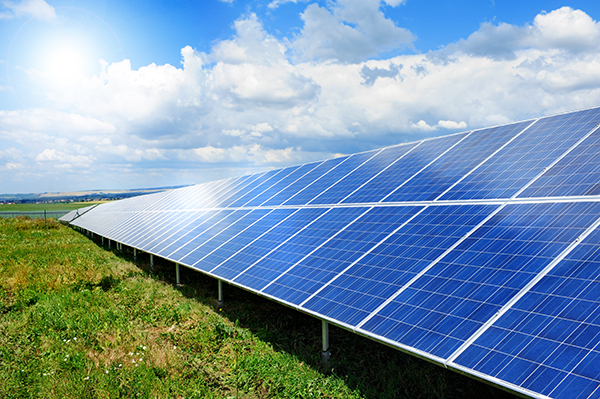This July, the Netherlands’ National Programme for the Regional Energy Strategy (NPRES) announced that nearly all the sustainable energy strategies of the 30 separate ‘energy regions’ around the country have been approved by the concerned provinces and municipalities – a few will be approved in Autumn. Each Regional Energy Strategy (RES) document includes provisional locations designated for the formation of wind farms and solar parks. The RES scheme is set to help achieve the cabinet’s climate agreement plans, which dictates that by 2030, 70 percent of all electricity will have to come from renewable sources. Within these plans, citizens and regions are set to play a key role.
In the cabinet’s bid for the country to be generating enough sustainable electricity for more than 11.5 million households by 2030, particularly wind and solar energy on sea and on land will play a role, e.g. through placing solar panels on roofs and in special solar parks. Now, with the new NPRES scheme, it looks like the climate agreement target is within reach.
Even though the new plans will ‘ask a lot’ from the electricity grid, grid operators argued that, ‘provided that all parties will make the RES tasks a reality together,’ the climate agreement target of ‘sustainable generation on land is feasible,’ it was reported in a July 2021 press release on the NPRES website. “A new movement has really been set in motion,” said Kristel Lammers, director of NPRES. “There were intense conversations, but the ambitions are undiminished,” she added.
Collaboration
Each RES region will play a major role in harvesting sustainable energy generation on land, and can determine how it achieves its goals to generate more sustainable energy on land. But the scheme’s regional approach also requires ‘good cooperation and communication between governments, network operators, organisations, investors and citizens’. To help make this happen, a participation guide and a national expertise centre have been created to support partaking individuals, local initiatives and regions. The ‘Everyone does something’ (Iedereen doet wat) government climate campaign has already been providing guidance for individuals who want to take action, because, ‘most Dutch people think we should do something, but not everyone knows how to do it’.
Teething problems
Despite the positive signs, there have also been some reported teething issues in response to the RES plans. De Volkskrant, for example, reported that ‘the discussion about where solar panels should go is heating up again’. Architect Wouter Veldhuis, now a government advisor, told readers: ‘What matters now is political courage,’ and he added that while ‘few people in the Netherlands are waiting for landscape-polluting wind turbines’, even fewer would like to see hundreds of new solar parks. Veldhuis also told the paper he foresees property developers to move to another municipality if it has a more suitable policy, and he argued that the government should make the new policy mandatory throughout the country.
Going forward
All in all, with the subsidisation of sustainable energy endeavours set to continue, as well as the search for flexible solutions such as back-up storage and conversion of electricity into (hydrogen) gas or heat, the future of solar energy on land in the Netherlands is looking good.
AD newspaper reported in 2019: ‘Solar panels are becoming more visible in society compared to 2015, we even see a doubling in numbers,’ and Statistics Netherlands (CBS) estimates there to be about 16 million solar panels on roofs of homes and commercial buildings and in solar parks around the country. According to a CBS press release from May 2021, the consumption of solar energy increased by 47 percent in 2020, and Dutch New Energy Research has estimated the Dutch solar sector to have grown by 41% in 2020. “The Netherlands is in the European top-5 of countries with the most solar panels,” said Rolf Heynen, director of Dutch New Energy Research. “Except for Germany, there is no other country with so many panels per inhabitant. Last year, we reached the milestone of 1 million homes with panels on the roof, which shows that the solar revolution is widely supported.”
Written by Femke van Iperen
